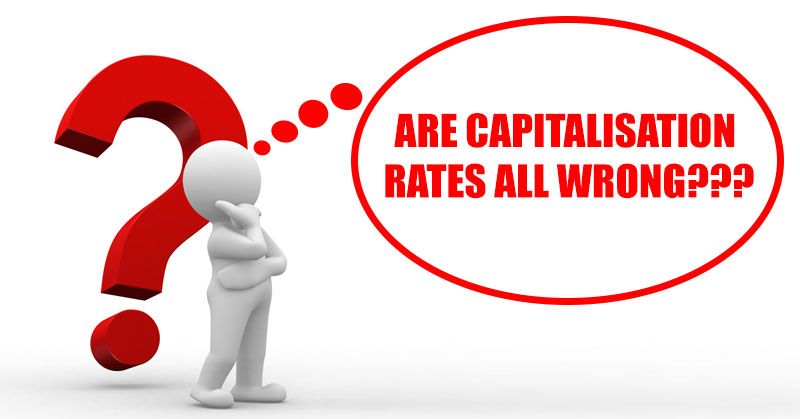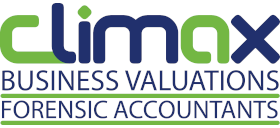The biggest myth in business valuations and in my opinion the most dangerous mistake a business valuer or anyone can make is assuming that you can compare capitalisation rates between companies.
Most mornings I wake up and feel like writing an entire book just on the last sentence. In case I wasn’t clear enough, let me say it a different way. It is grossly incompetent and probably legally negligent to value a business based primarily on the capitalisation rate of the recent sales of similar businesses.
I know that a lot of people reading this will think I’ve gone crazy. People with a real estate background will tell me that I have to listen to the real evidence in the market. How can I prepare a market valuation without relying on the market evidence? This seems like a perfectly fair criticism at first glance. Maybe I have gone nuts after all.
But hear me out. The problem is that things are never as they first appear and when you look deeper you can quickly see that capitalisation rates calculated from real sales are almost useless. Read this list of reasons why, and then make up your own mind. I look forward to your comments, for or against.
Reasons why capitalisation rates are almost useless:
- You don’t know what was included in the sale price. When preparing a business valuation on any earnings basis, you assume that for the value calculated, the purchaser receives ALL of the necessary net operating assets. That includes anything needed to operate the business such as stock, WIP, debtors, prepayments, equipment, intellectual property, creditors, accruals, provisions and current taxes. Without seeing the full sale contract and having a copy of the balance sheet at the sale date it’s impossible to work backwards and imply a capitalisation rate.
- How do you know whether the purchaser took on some of the vendor’s existing debts as part of consideration? The price will be lower if they did, which will make the capitalisation rate wrong.
- You don’t know what normalisation adjustments were made to the profit and loss statement by the purchaser. The profit per the financial statements might say $1m but is that before or after adjustments for owner remuneration, private expenses, abnormals etc? What figure do you use to imply the capitalisation rate? You will never know for sure.
- Purchasers don’t actually buy businesses for the past profits, because they’re already gone. They only care about future profits. They have purchased the business based on their own capitalisation rate multiplied by their own expectation of future profits. So it doesn’t actually matter what the last financial year’s profit was…even if you could guess the normalisation adjustments. Unless you know exactly what their forecasts were you can’t even begin to imply a capitalisation rate.
- Was the capitalisation the calculated before or after tax? What if the purchaser has losses brought forward? Would this change things and if so, how would you know?
- Was there a bidding war between multiple purchasers? If so, to what extent did this affect the final price? Is there any way to calculate this with certainty? I can’t but if you can you should patent the process and you’ll be a billionaire.
- Two businesses that look identical can have very different risk profiles. Are there any contingent liabilities for past defective work? How much of the revenue of the business is contracted in the future? What are the terms of those contracts and will they be enforceable? Are the key staff happy and productive? Does the business have access to emergency capital injections if needed? Any one of these things could change the capitalisation rate by as much as 50% or more in some cases.
I better stop here or I won’t get any work done today. But I hope you get my point.
But be careful to note that I’m not saying not to look for comparable capitalisation rates, but just make sure it’s not your primary method of valuation and you start with the assumption that they are not an exact science and probably wrong. By all means, compare your other methods against them for discussion purposes, and if you are going to use them heavily make sure you look at differentiating the business you are valuing against the businesses in the observed data and change the rate for financial and qualitative difference between the businesses involved. But again these are still going to be guesstimates.
Beware of a business valuer or appraiser that has a list of capitalisation rates in their pocket that offers to value the business in 5 minutes flat. It’s scary how many of these kind of experts are out there.
Feel free to agree or question my sanity in the comments below. All views are sincerely encouraged and welcome.
Follow me on facebook, linkedin, twitter and google+ for more.

